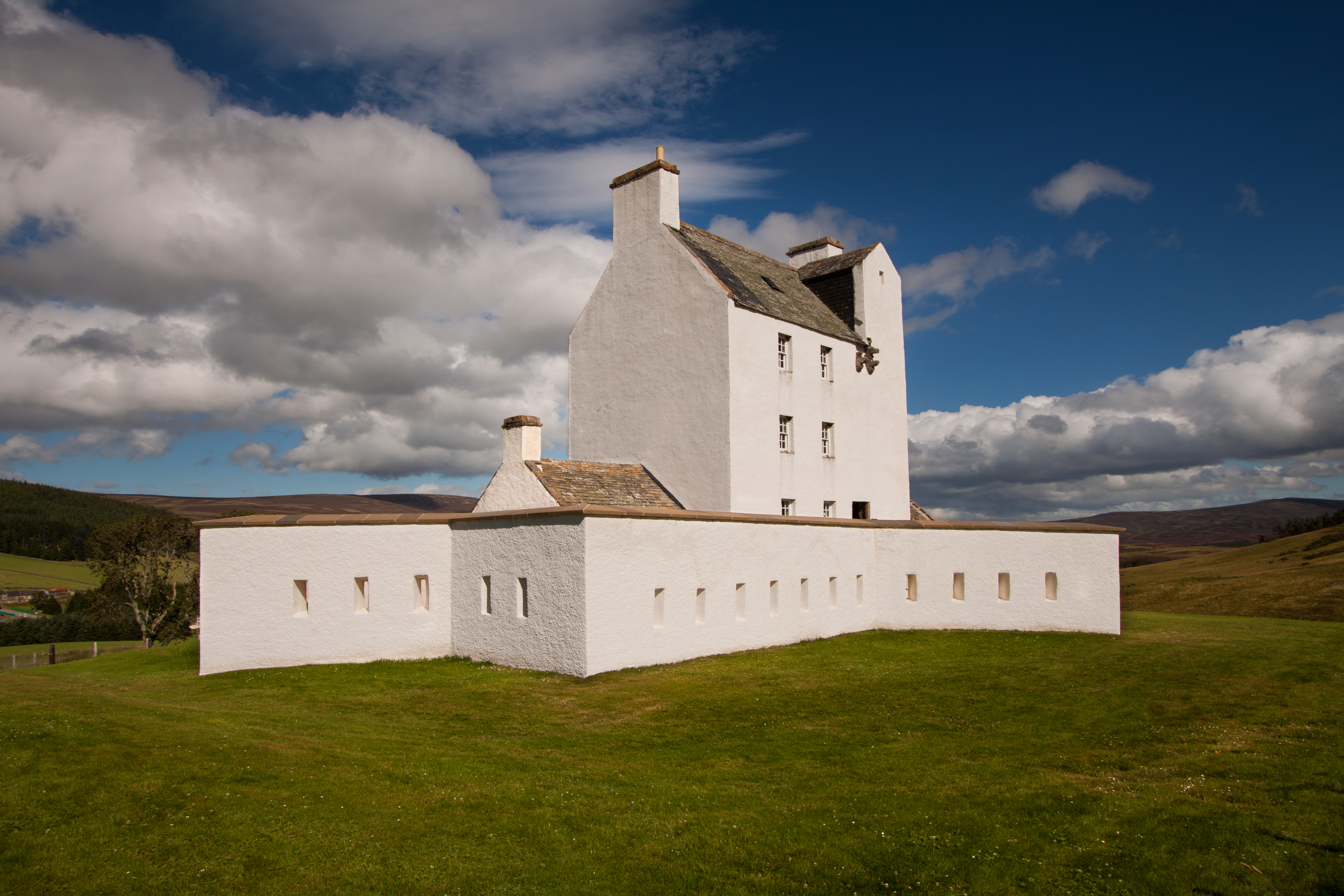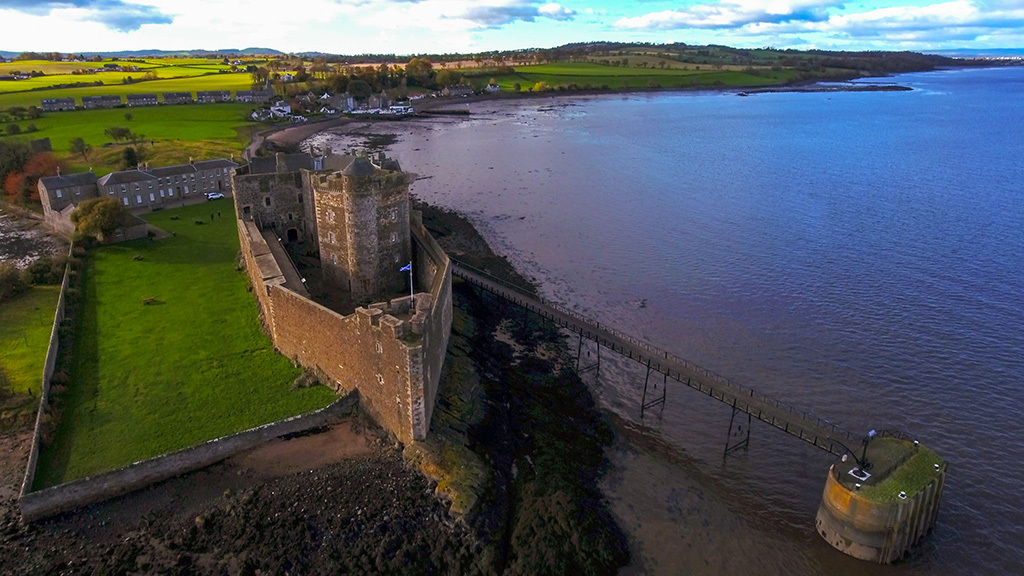
Film places Scottish locations and history in spotlight
There’s something about Mary, Queen of Scots: she’s everywhere in Scotland.
From her birthplace at Linlithgow Palace; to Craignethan Castle, near Lanark, said to be one of her regular ‘haunts’ (quite literally); and Edinburgh, as she hangs quite defiantly on display at the Scottish National Portrait Gallery – these are all places history fans can explore on a trip to Scotland.
In 2019 a brand new film, Mary Queen of Scots (out 18 January in the UK) – which stars Saoirse Ronan as the titular Queen, and Margot Robbie as her second cousin and rival monarch Elizabeth I – inspires renewed interest in a tumultuous period of British history and offers the perfect excuse to explore Scotland and the many fascinating historical connections to Mary Stuart, as well as some the stunning filming locations used in the film.
The film explores Mary’s difficulty in asserting her authority in Scotland, with threats from protestants (including from John Knox, played in the film by David Tennant), and from the English Queen, struggling herself to be a Queen in a man’s country. Strong female roles are brought to life by two brilliant leading actresses, as well as a female director, Josie Rourke, and producer Debra Hayward.
Director Josie Rourke said of filming in Scotland: ‘We wanted to do as much as possible in Scotland and to show Mary in that environment and what her journey with it is. During the film, she comes to a deeper understanding and love of her country, so she had to be outside in it and witness the epic sweep of that landscape.
‘Scotland is an extraordinary country, and it matches the scale of the story and the scale of what happens to Mary at certain points in the film. We just wanted to show Scotland in all of its incredible glory.’
What’s more, fans of the movie can continue their Scotland experience with a choice of Mary, Queen of Scots events across the country to tie in with the big screen release.
Courtesy of VisitScotland, filming locations open to visitors in Scotland included in the film are:
Strathdon, Aberdeenshire

Corgarff Castle is tower house fortress with a unique star shaped defence wall built in 1550
Lying in Upper Donside, around 45 miles west of Aberdeen, Strathdon is a stunning and quiet part of Scotland and a superb place for spotting wildlife. It is an area steeped in history and visitors can learn more at Corgarff Castle with its fascinating star-shaped fortifications, and at Glenbuchat Castle. In the summer spot the Lonach Highlanders parading through Bellabeg, the main village in the area, as they make their way to the Lonach Gathering. In winter, there’s skiing and snowboarding on offer at The Lecht Ski Centre.
During the production of Mary, Queen of Scots, filming included a scene at Poldullie Bridge, Strathdon in which the Queen Mary gets ambushed: a fight scene with cows blocking the bridge.
The East Lothian landscape
To the east of Edinburgh and within very easy reach of the city, lie the craggy cliffs, golden beaches and rolling countryside of East Lothian. Hemmed in by the Firth of Forth to the north and the Lammermuir Hills to the south, the history of the area is typified by the stronghold of Tantallon Castle as it rests formidably on cliffs above Seacliff Bay. The area is also very popular with golfers and must-visit attractions include the Scottish Seabird Centre, National Museum of Flight and Glenkinchie Distillery to name just a few.
Seacliff Beach, North Berwick, East Lothian
With the ruins of Tantallon Castle perched above it, the beautiful Seacliff Beach is found near the East Lothian town of North Berwick. Seacliff is privately owned and there’s a small charge to access it, but it’s well worth a visit to discover what’s thought to be the UK’s smallest harbour with views of the Bass Rock. The beach also been featured in the recent Netflix release, Outlaw King, which stars Chris Pine.
In the film, Seacliff can be seen in a scene featuring Mary and her ladies in waiting on a rocky shore, looking out to sea, speaking to one another in French.
Blackness Castle, West Lothian

Blackness Castle near Linlithgow
This mighty fortification, jutting out into the Firth of Forth with its long and narrow design, has been described as ‘the ship that never sailed’. It owes much of its nautical shape to the many fortifications that were added to it during the 16th century, transforming it into one of the most secure fortresses of its time – part of its south-facing wall is 5.5 metres thick! Now a popular visitor attraction, the castle has served as a garrison, state prison and also featured in season one of Outlander as well as Outlaw King.
The photogenic Cairngorms and Glen Coe are also featured in the film, as Mary and her army ride across Moorlands.
TAGS

